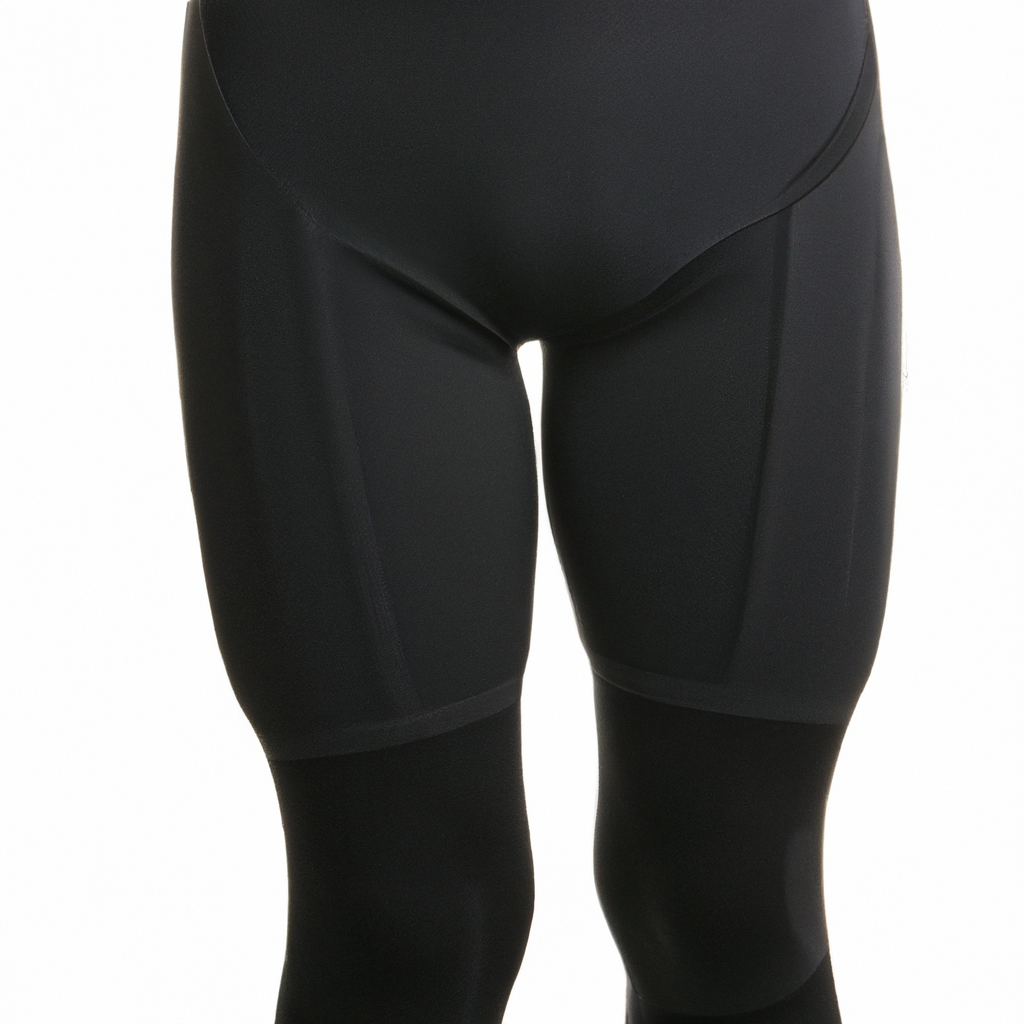From athletes breaking world records to professionals leading busy lives, compression clothing has gained popularity for its unique blend of fashion and function. Compression wear isn’t just another trendy attire; it’s a fascinating fusion of science and style that provides a range of benefits to its wearers. So, let’s embark on a journey to decode compression clothing and understand what makes it a must-have in various lifestyles.

How Does Compression Clothing Work?
Understanding Compression Technology
At its core, compression clothing is designed to apply gentle pressure to specific areas of the body. This pressure is strategically distributed, typically being tighter at the extremities and gradually decreasing towards the core. The key to its effectiveness lies in graduated compression.
Benefits of Compression
The primary goal of compression wear is to enhance blood circulation, aid in muscle recovery, and reduce muscle soreness. By squeezing the muscles and blood vessels, compression garments help blood flow more efficiently, providing oxygen and nutrients to the muscles while removing metabolic waste products.
Types of Compression Clothing
Compression clothing comes in various forms, each catering to specific needs and preferences.
Compression Socks
Compression socks are a staple for runners and frequent travelers. They reduce the risk of blood clots, prevent swelling, and keep your legs feeling fresh during long journeys.
Compression Sleeves
These are versatile, offering targeted support to the arms, legs, or calves. They’re popular among athletes and people with specific muscle or joint issues.
Compression Leggings
Compression leggings are a favorite among fitness enthusiasts. They provide muscle support during workouts and aid in post-exercise recovery.
Compression Shirts
Compression shirts offer upper body support and are often used by weightlifters and those seeking better posture.
Who Can Benefit from Compression Clothing?
Athletes and Sports Enthusiasts
Compression clothing has become a performance-enhancing secret for many athletes. It improves endurance, reduces muscle fatigue, and aids in quicker recovery.
People with Medical Conditions
Compression wear isn’t limited to athletes; individuals with circulatory issues, like deep vein thrombosis or varicose veins, find relief and protection through these garments.
Frequent Travelers
Long flights can increase the risk of deep vein thrombosis. Compression socks are a traveler’s best friend, ensuring safer and more comfortable journeys.
Choosing the Right Compression Garments
Finding the Right Fit
A proper fit is crucial for maximum benefits. Consult sizing charts and consider consulting with a professional for the perfect fit.
Material Matters
The material used in compression wear affects its durability and effectiveness. Look for high-quality, moisture-wicking fabrics.
Graduated vs. Uniform Compression
Graduated compression, with varying pressure levels, is usually recommended. It’s designed to mimic the natural flow of blood in the body.
The Science Behind Compression
Improved Blood Circulation
Compression wear facilitates better blood flow, reducing the risk of blood clots and promoting overall cardiovascular health.
Muscle Support
Wearing compression garments during workouts can prevent muscle strain and provide extra support to active muscles.
Post-Workout Recovery
Compression clothing aids in muscle recovery by reducing inflammation and soreness, allowing you to bounce back faster.
Fashion Meets Function: Stylish Compression Wear
Gone are the days when compression clothing was limited to dull, clinical designs. Today, you can find compression wear in various colors and patterns, making it suitable for everyday wear.
Compression Clothing Myths vs. Facts
Separating fact from fiction is important when considering compression clothing. We debunk common misconceptions to give you a clearer picture.
Compression Wear for Specific Activities
Running and Jogging
Compression socks and leggings are a runner’s best friends, offering enhanced performance and recovery.
Weightlifting and CrossFit
Compression shirts provide extra support during weightlifting sessions, ensuring proper form and reducing the risk of injury.
Recovery and Rehabilitation
Individuals recovering from injuries can benefit from compression wear, which aids in healing and minimizes discomfort.
Taking Care of Your Compression Garments
To ensure the longevity and effectiveness of your compression wear, follow proper care instructions, which often include gentle machine washing and air drying.
Are There Any Risks or Downsides?
Potential Risks
While compression wear offers numerous benefits, it may not be suitable for everyone. Individuals with certain medical conditions should consult a healthcare professional before use.
Precautions to Take
Wearing compression garments for extended periods may lead to skin irritation or discomfort. It’s essential to follow guidelines and take breaks when needed.
Consumer Insights and Reviews
Hearing from real users can provide valuable insights. Many individuals have shared their positive experiences with compression clothing, showcasing its diverse applications.
The Future of Compression Clothing
As technology continues to advance, we can expect even more innovative features in compression wear. The future promises greater comfort and enhanced performance.
Conclusion
Compression clothing has transcended its initial purpose and become a versatile addition to various lifestyles. Its unique blend of fashion and function, supported by science, makes it a game-changer for athletes, travelers, and individuals seeking improved health and well-being.




